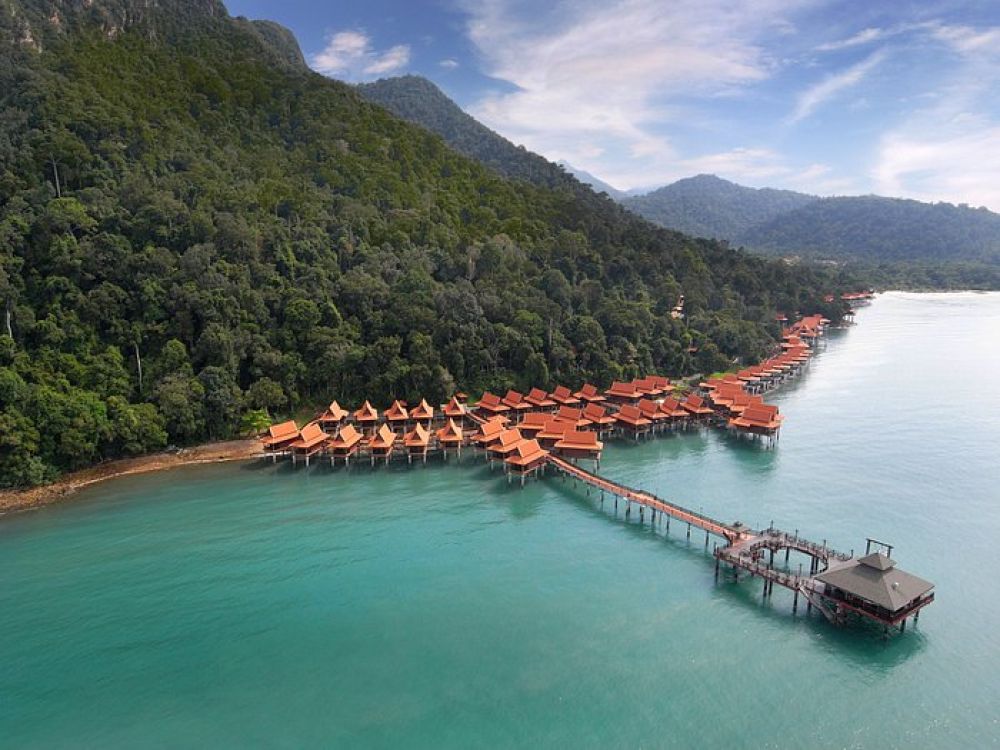

Langkawi, an archipelago made up of 99 islands on Malaysia's west coast, is surrounded by stunning turquoise sea. The interior of the main island is a mixture of picturesque paddy fields and jungle-clad hills. Despite being just one of many islands, Langkawi has gained a reputation as a must-visit destination for travelers from all over the world.
Tourism in Langkawi began in a modest fashion. For many years, it was a sleepy backwater with little infrastructure for tourism. Langkawi's potential as a tourist destination started to be recognized in the 1980s. Acknowledging its natural beauty, the Malaysian government took the initiative to develop Langkawai into a major tourist hub.
The significant turn of events for Langkawi tourism came when the then Prime Minister, Dr. Mahathir Mohamad, declared the archipelago a duty-free zone in 1987. This decision was critical in making Langkawi a significant tourist attraction, as it offered something that neighboring regions did not. Subsequently, investment flowed into the region that led to the development of infrastructure, including the Langkawi International Airport in 1993, which made the island much more accessible to international tourists.
Langkawi's status as a thriving tourist destination was cemented when it was awarded the UNESCO Global Geopark status in 2007, recognizing its natural beauty, geological heritage, and biodiversity. This recognition further boosted the island’s tourism, drawing nature enthusiasts, geologists, and eco-tourists.
Today, Langkawi stands as a popular destination offering a variety of attractions, including pristine beaches, a vibrant nightlife, water sports, and wildlife parks. The island has successfully attracted a wide range of visitors: from backpackers staying in hostels to luxury travelers enjoying five-star resorts and spas.
Sustainable Tourism has become the latest trend in Langkawi, with an increasing number of establishments and activities promoting environmental responsibility and cultural respect. Eco-friendly tours and conservation initiatives like the Langkawi Coral platform in Pulau Payar Marine Park, which allows for reef rehabilitation, are more popular than ever. This aligns with global trends in tourism that prioritize sustainability and ecological conservation.
Another growing trend is Experiential and Cultural Tourism, which allows visitors to immerse themselves in the local culture, cuisine, and traditions of Langkawi. Tourists are keen to experience the authentic lifestyle of the island beyond its beaches and duty-free shopping, encompassing interaction with local communities and engagement with the island's rich heritage.
Moreover, the digital era has given rise to a new breed of travelers: Digital Nomads, who look for destinations that offer not just leisure activities but also suitable conditions for remote work. Langkawi is catching on to this trend, with more establishments offering high-speed internet and work-friendly environments.
Langkawi's continuous evolution in the tourism sector shows its adaptability and commitment to offering a memorable and diverse experience to its visitors. From its humble beginnings to becoming one of Malaysia's top travel spots, Langkawi remains a testament to successful tourism development paired with conservation efforts.